Tag: Analysis
-
Tracking school board elections by 2020 presidential results
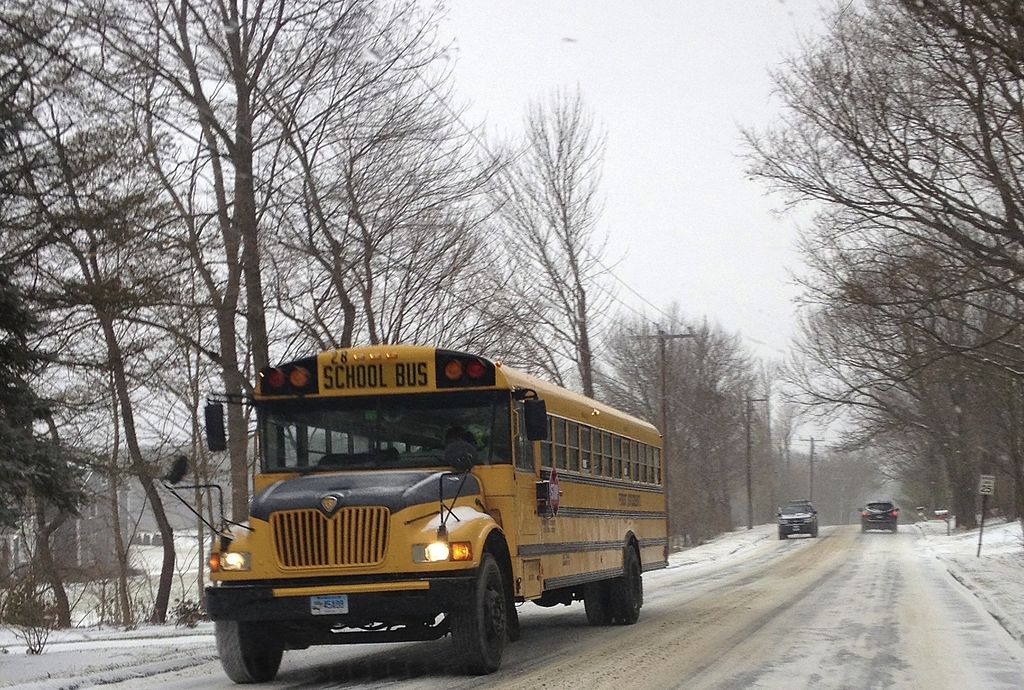
Ballotpedia tracked 96 school districts across 16 states that held elections on Nov. 2 where candidates took a stance on race in education, coronavirus responses, or sex and gender in schools. There were 310 seats up for election, all but seven of which have been called. In each of these races, once we knew the…
-
0.8% of absentee/mail-in ballots rejected in 2020
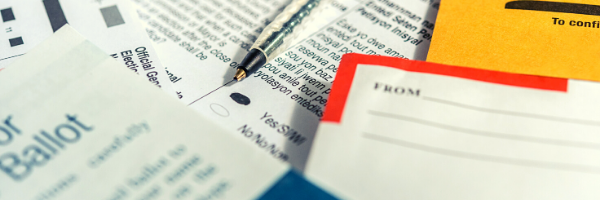
In the 2020 general election, voters cast 70.6 million absentee/mail-in ballots, and election officials rejected 0.8% of them, according to data released by the U.S. Election Assistance Commission (EAC). The number of absentee/mail-in ballots cast in 2020 marked a 111% increase over 2016. And by comparison, absentee mail-in ballot rejection rates in 2018 and 2016…
-
Ninety-two percent of state legislative incumbents filed for re-election in 2021
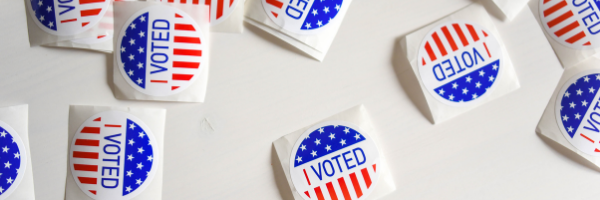
In 2021, state legislative incumbents filed for re-election at a higher rate than any other year in the past decade other than 2013. When an incumbent does not run for re-election, his or her seat is left open, meaning it is guaranteed to a newcomer at the start of the next state legislative session. Of…
-
22 states allow for the recall of school board members

Of the 39 states that allow for the recall of elected officials at some level of government, 22 specifically allow for the recall of school board members. School board recalls are the process of removing school board members from office via a public effort before their term is completed. Six of the states that allow…
-
How much did your governor make last year?

Eighteen states paid their governor more last year than in 2019, according to the Council of State Governments’ Book of the States. Gubernatorial salaries in 2020 ranged from a low of $70,000 in Maine to a high of $225,000 in New York, with the average governor making $145,370. In the 18 states where a governor’s…
-
Virginia gubernatorial candidates seek to define themselves, one another as the general election begins
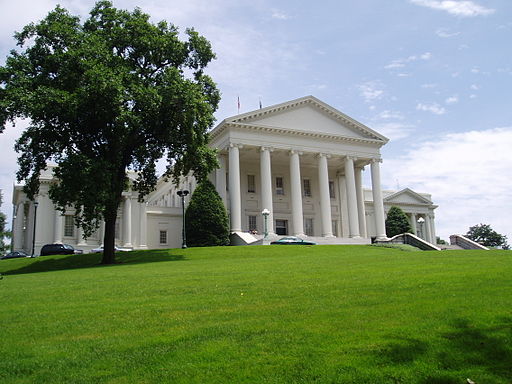
Campaigns for Terry McAuliffe (D) and Glenn Youngkin (R) in the election for Governor of Virginia released new adsshortly after the major-party nominating contests came to a close in recent weeks. Following Youngkin’s nomination on May 10, former Gov. McAuliffe released an ad titled “Virginia Forward” where he compared Youngkin to former President Donald Trump…
-
Two state legislative incumbents defeated in New Jersey primary elections, a decade-high
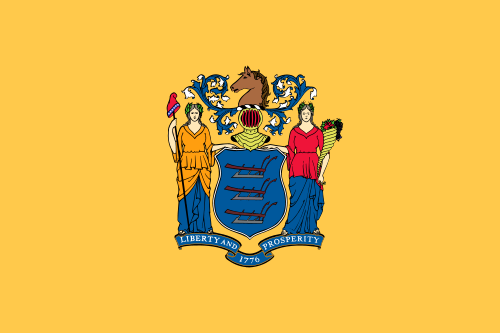
Two members of New Jersey’s General Assembly lost to primary challengers on June 8, 2021, a decade-high number for the legislature. Serena DiMaso (R) in the multi-member District 13 lost to Gerard Scharfenberger (R) and Victoria Flynn (R). Nicholas Chiaravalloti (D) from Assembly District 31 unofficially withdrew from the race before the primary, but his…
-
Exploring the history of Section 230 of the Communications Decency Act of 1996
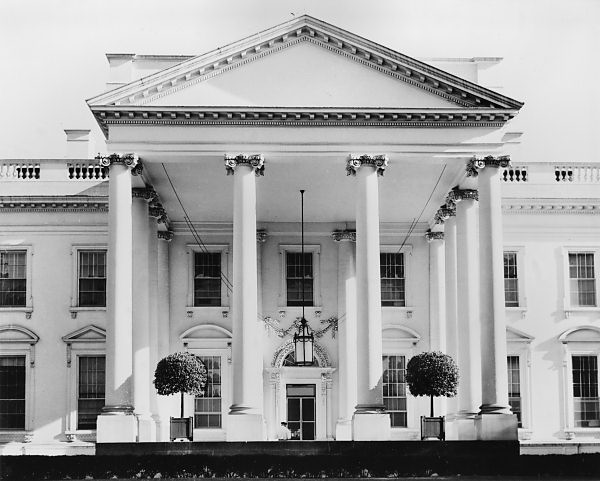
You may have heard about Section 230, but what exactly is it? Section 230 is a federal law passed as part of the Communications Decency Act of 1996 (CDA) which contains two provisions that prevent internet service providers and website companies from being held liable for most content created by users of their services, including…
-
Seventy-nine percent of state legislative incumbents in New Jersey will not face a contested primary this year
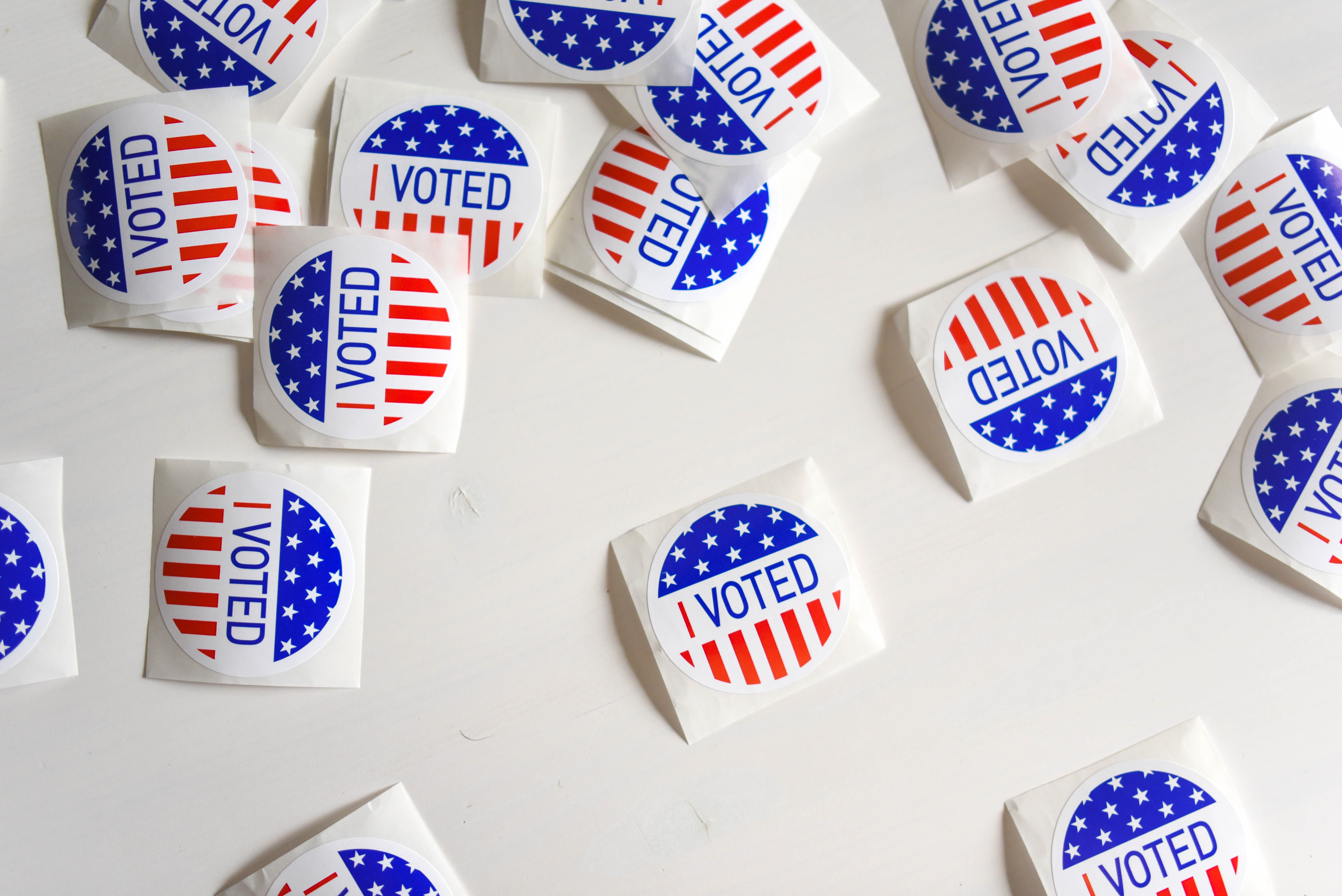
Ninety percent of state legislative incumbents in New Jersey are seeking re-election in 2021. Of these 108 incumbents, 79%—85 legislators—will advance to the general election without a primary challenge, according to Ballotpedia’s primary election competitiveness analysis. The remaining 23 incumbents—nine Democrats and 14 Republicans—will face contested primaries on June 8, 2021. When an incumbent faces…
-
Oklahoma adjourns 2021 legislative session without passing any constitutional amendments
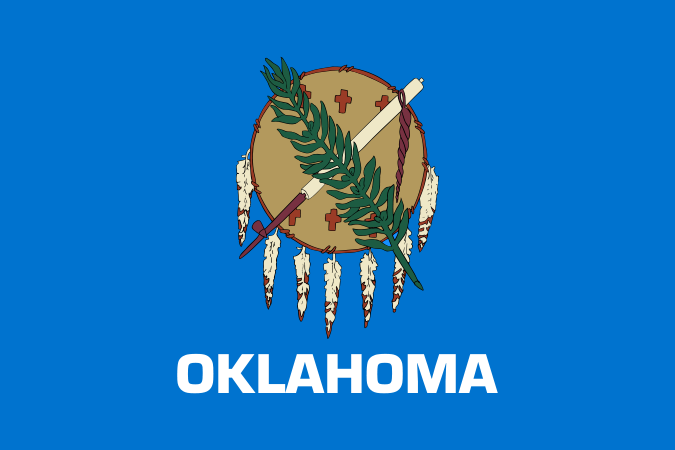
The Oklahoma State Legislature adjourned its 2021 state legislative session on May 27, 2021. The legislature did not refer any constitutional amendments to the ballot during the 2021 legislative session. One constitutional amendment, House Joint Resolution 1001, was passed unanimously in the House but did not receive a vote in the Senate before the session…

